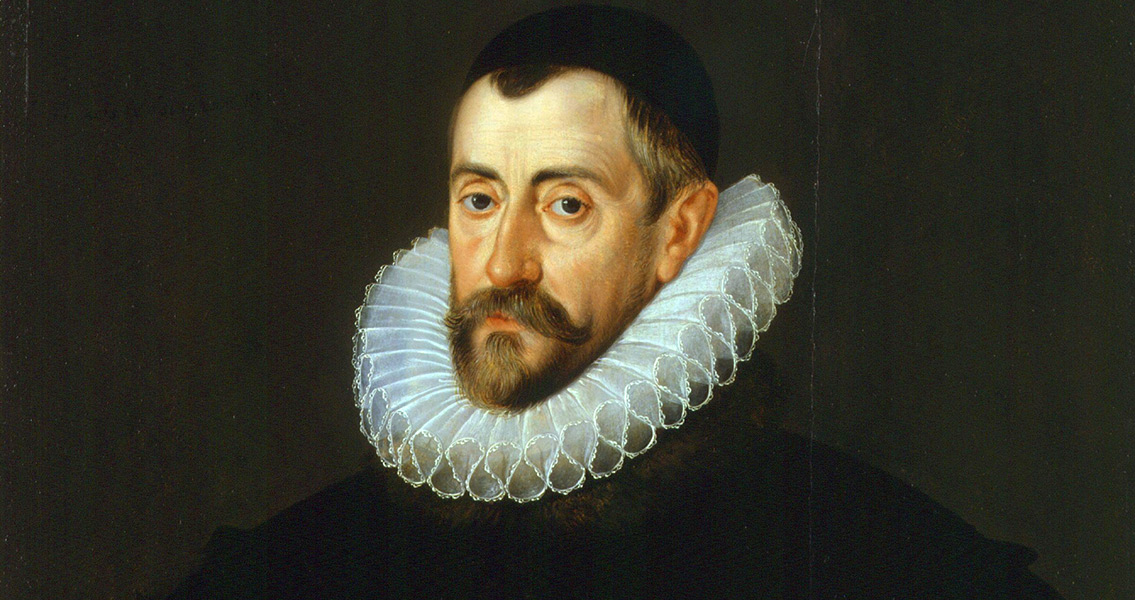<![CDATA[On 17th July 1586 Mary, Queen of Scots, supposedly signed a letter consenting for her supporters to assassinate Queen Elizabeth I. In doing her so she effectively signed her own death warrant. The letter fell into the wrong hands and was decoded, becoming the key piece of evidence in Mary's trial for treason. The unraveling of the Babington Plot was one of the most fascinating stories of Queen Elizabeth's reign, involving spies, double agents and encrypted letters. Several attempts were made to kill Elizabeth and install Mary on the English throne but the Babington Plot, originating from a meeting in a bar in March 1586, was by far the biggest and the most well known. Anthony Babington, the young Catholic noble after whom the plot was named, conspired with six others to assassinate the Protestant Elizabeth, paving the way for a rebellion backed by foreign invasion to place Mary on the throne and reassert Catholicism as the dominant religion in England. Unbeknownst to those behind the Babington Plot, they had been found out by the head of the Queen's secret service, Sir Francis Walsingham. Walsingham's men captured Gilbert Gifford, another young Catholic plotter, and persuaded him to act as a double agent. Gifford approached Babington on 6th July and told him he had heard about his plot from Frances Morgan, a spy working for Mary, Queen of Scots. Gifford volunteered to act as an intermediary for the plotters, smuggling letters to Mary, who was imprisoned in Chartley Hall at the time. Perhaps showing that Babington didn't completely trust Gifford, he arranged for the letter to be encrypted with a complicated code. Twenty three letters of the alphabet were replaced by symbols, while another thirty five symbols were used in place of specific words and phrases. Four nulls - symbols which had no meaning, were also included, further complicating the encryption for anyone who tried to crack it. Historians believe the French Embassy in England had arranged for Mary to receive a copy of the required codebook, so she could decipher the letters. Walsingham had already achieved success in thwarting the Throckmorton Plot of 1583, but in 1586 he seemed determined to ensnare the person who inspired such attempts on the Queen's life. As soon as Gifford received the letter for Mary, Walsingham had grounds to arrest the plotters but he waited, seemingly determined to get the evidence needed to put Mary on trial. "Myself with ten gentlemen and a hundred of our followers will undertake the delivery of your royal person from the hands of your enemies." read the letter from Babington, its intentions clear. "For the dispatch of the usurper, from the obedience of whom we are by the excommunication of her made free, there be six noble gentlemen, all my private friends, who for the zeal they bear to the Catholic cause and your Majesty's service will undertake that tragical execution.". Mary's reply, which had been sealed with an image of a gallows, was intercepted by Walsingham's spies and swiftly decoded. The correspondence was then presented to Queen Elizabeth, giving her evidence of the very real threat Mary, and her supporters, presented to the English throne. The conspirators behind the Babington Plot were captured, tortured and executed. In October 1586 Mary was tried for treason; quickly found guilty, she was beheaded on 8th February, 1587. ]]>
The Babington Plot: Spies, Secret Code and the Letter That Killed a Queen
